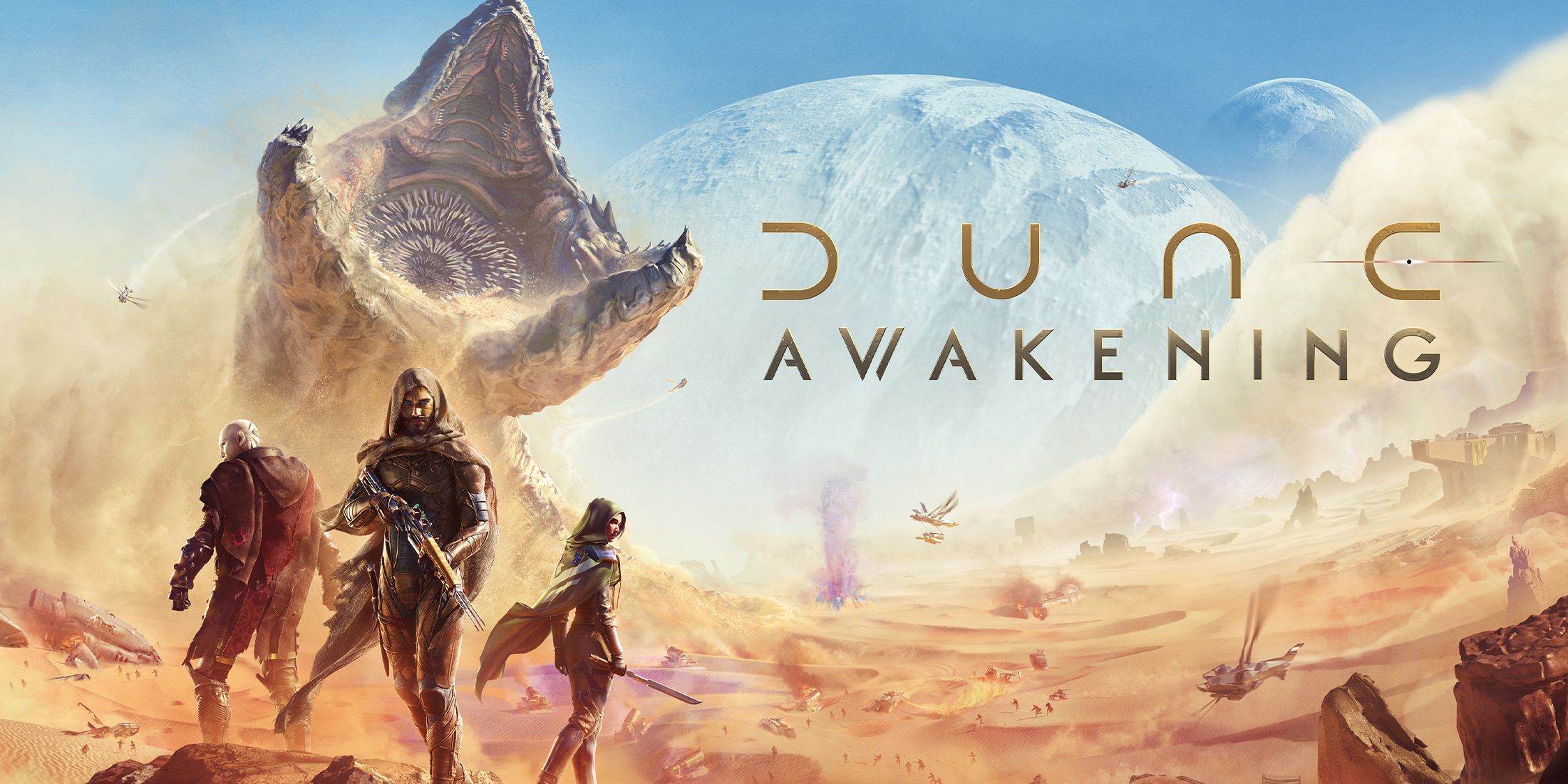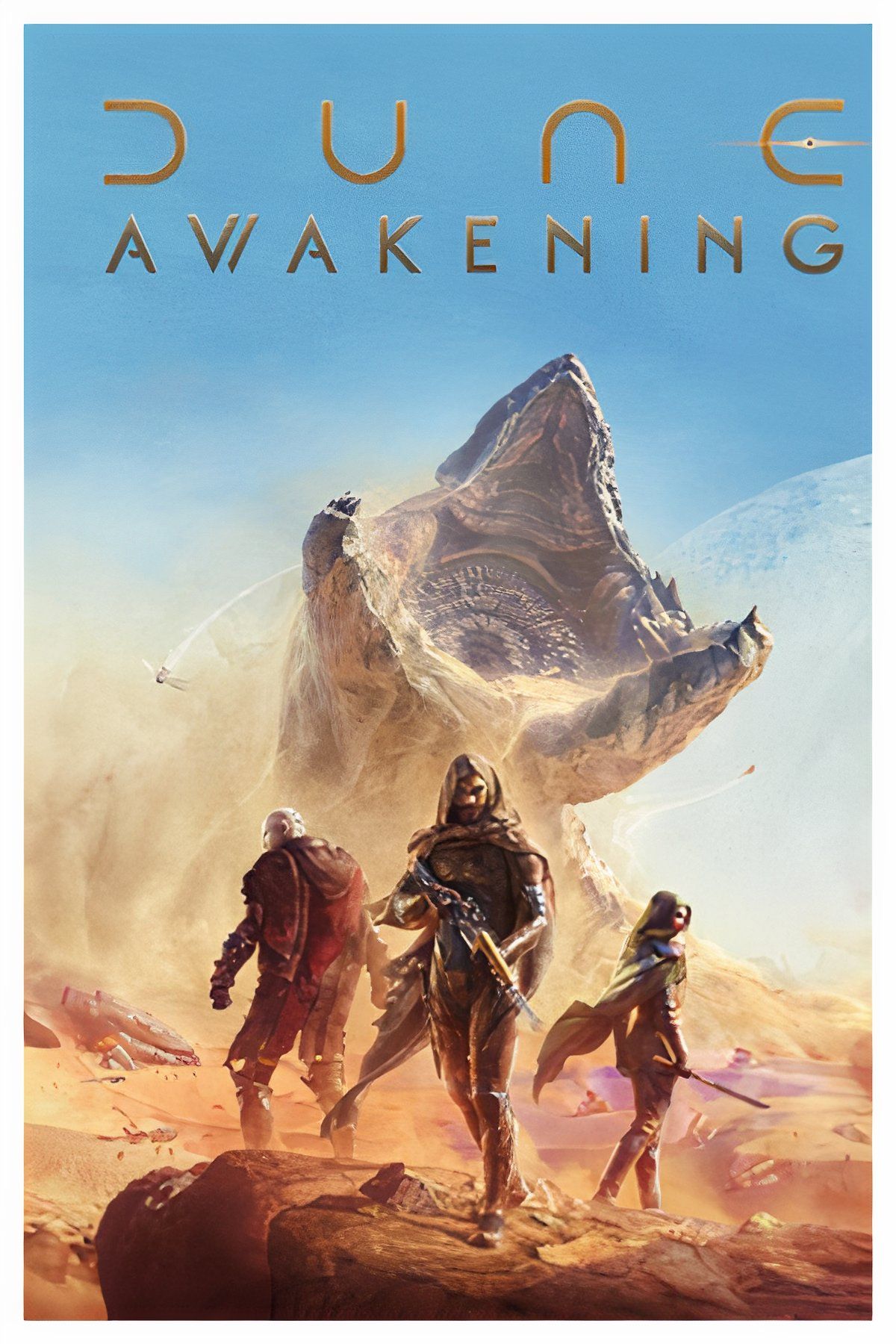From a gameplay standpoint, Funcom’s Dune: Awakening is both satisfying and demanding, focusing less on the quantity of content and more on the pacing of said content. Once players make it through the initial tutorial chapter of the game, they will still have its continued story and relevant side quests, an increasingly complex resource grind, and a call to conquer the desert using nothing but their wits and a handful of tools ahead of them. From there, Dune: Awakening largely refuses to hold the player’s hand, but it’s better for it in the end.
The most important element that Dune: Awakening had to get right during development was not only Dune lore, but also the tone and demands of Arrakis. As it is a survival MMO, Dune: Awakening‘s Arrakis needed to be the heart of its gameplay, and for that to happen, it needed to be true to its source. Fortunately, the planet makes Funcom’s survival MMO one of the most immersive Dune games ever made, and a large part of that is due to its lack of a safety net. Essentially, Dune: Awakening thrusts players into an unforgiving world that doesn’t care whether their character lives or dies, and that’s what makes it such an experience worth having.

Related
Dune: Awakening Review
Dune: Awakening thrives in atmosphere, worldbuilding, and survival depth, even if its combat and grind somewhat drag behind its setting and systems.
Dune: Awakening’s Lack of Handholding Makes Arrakis Feel Alive
Failure Is the Core Gameplay Loop, Not the Punishment
In Dune: Awakening, failure isn’t necessarily regarded as a setback so much as it is a core aspect of its gameplay. Throughout its tutorial section, players might find its mechanics to be a bit relaxed, to the point that they might even begin approaching it like they would a typical MMO like Star Wars: The Old Republic. However, once they emerge from Dune: Awakening‘s prologue and step out onto the open sands of Arrakis, they will quickly learn just how harsh the desert is and how regularly the game attempts to resist their progress.
Occasional on-screen tips and tutorials aside, the survival MMO teaches this lesson to its players by letting them make mistakes, misjudge conditions, or lose valuable gear. For example, while players are offered some info regarding the dangers of Dune: Awakening‘s sandworms, not only are those bits of text easy to dismiss, but the threat might not be fully realized by players until they experience what it’s like to be eaten firsthand. The unfortunate side of this is that any items, equipped or not, on the player once they’re eaten is permanently lost, but sometimes the best lessons are learned through the harshest consequences.
The Desert’s Harshness Comes Through in Its Lack of Guidance
Since Dune: Awakening is an MMO, it’s only natural that players would come into the game with certain expectations, but it’s always primed and ready to weaponize those expectations the minute it gets a chance. Many other games in the genre thrive on holding the player’s hand, to the point that most MMO gameplay is defined by the relative ease by which players can progress. Dune: Awakening, on the other hand, removes the usual support structures players expect and creates space for the desert itself to become the teacher. The lack of handholding mirrors the story and spirit of Dune, where isolation, insignificance, and survival define the journey.
In Dune: Awakening, failure isn’t necessarily regarded as a setback so much as it is a core aspect of its gameplay.
That silence from Dune: Awakening is part of what makes the world of Arrakis feel so alive. Without constant guidance or guaranteed success, players are left to face the desert on its own terms. Every decision becomes more meaningful, every loss more sobering, and every victory more personal. Dune: Awakening isn’t the kind of game that shouts over the player’s shoulder, but instead lets the world speak for itself, but that’s what makes it the survival experience it is.


